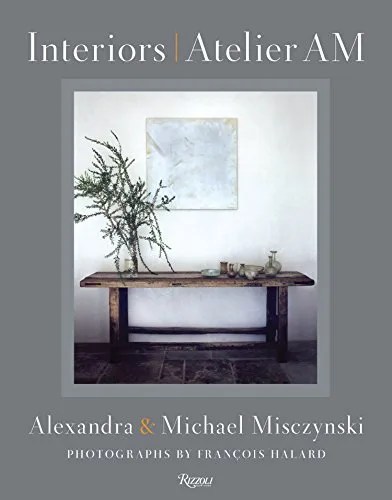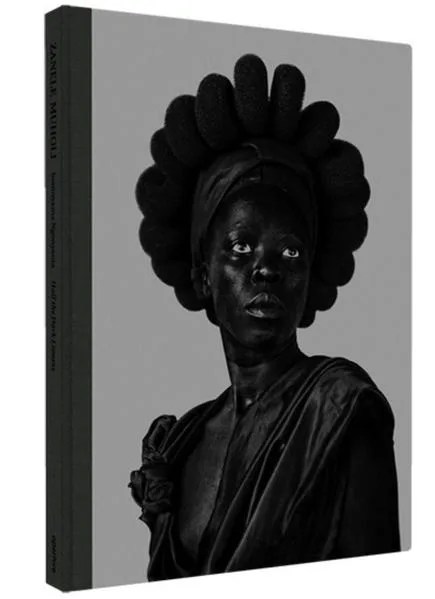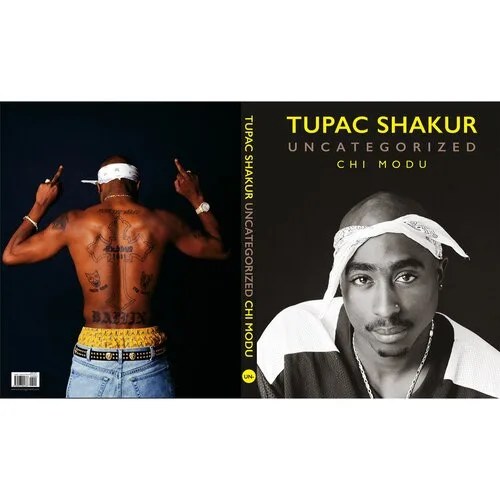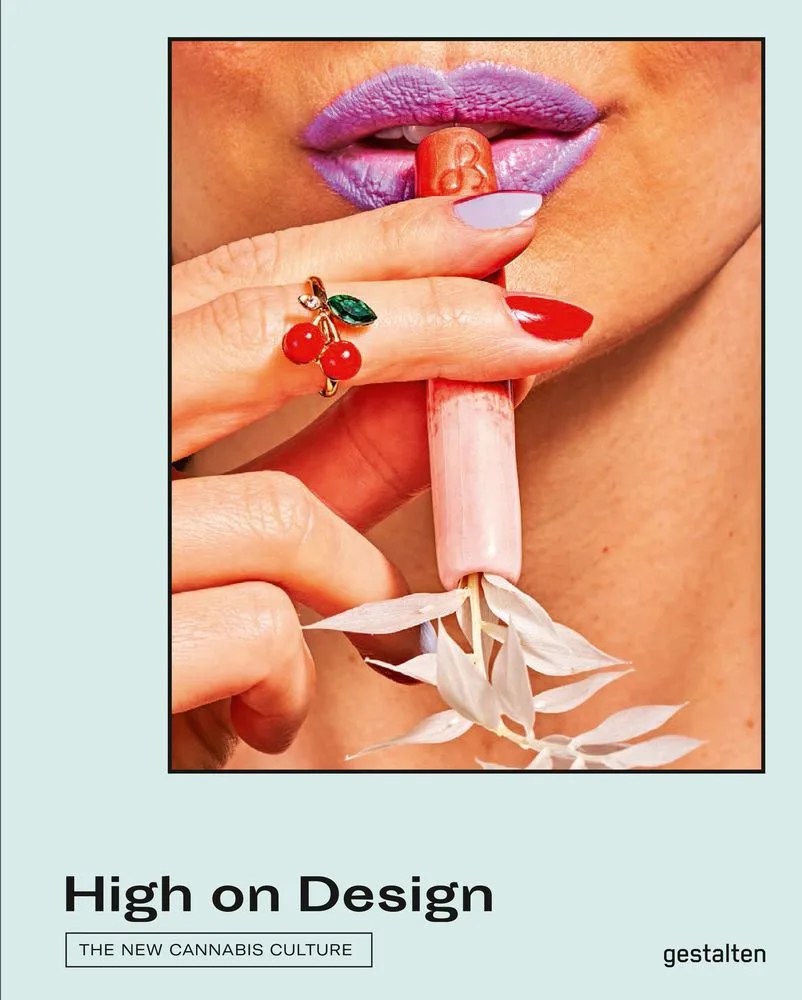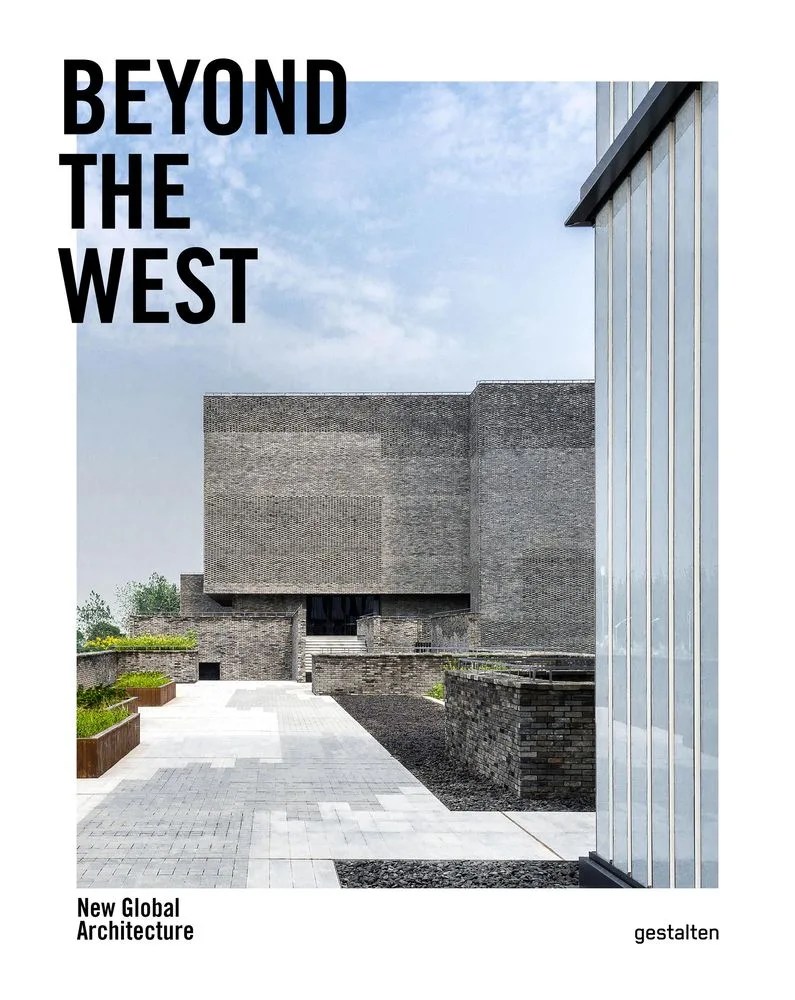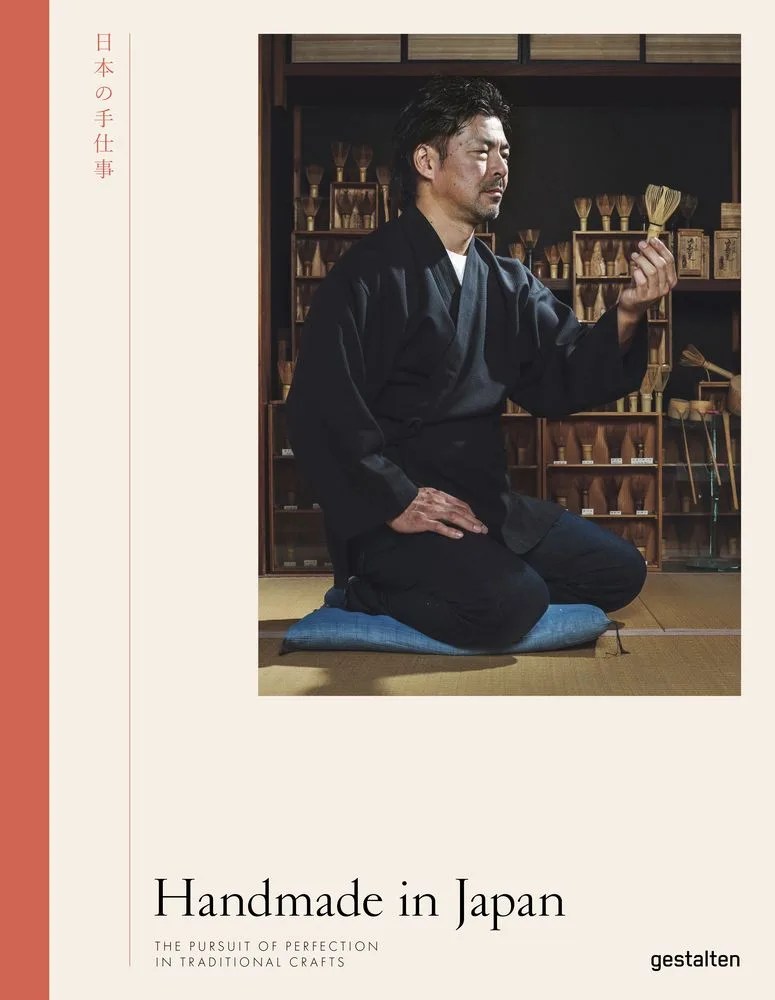In her history of coffee table books, Australian journalist Phyllis Stylianou identifies the first documented mention of a book whose function had nothing to do with reading. The honor goes to the French humanist philosopher Michel de Montaigne, who, in his 1580 essay Upon Some Verses of Virgil, writes: “I am vexed that my essays only serve the ladies for a common movable, a book to lay in the parlor window.”
Three-hundred-and-eighty-one years later, the term “coffee table book” made its first appearance in a 1961 issue of Arts Magazine. According to Merriam-Webster, the term refers to “a large expensive book with many pictures that is typically placed on a table for people to look at in a casual way.”

A take for you: if you’re only looking at a book in a casual way (especially an expensive one), you’re doing it wrong.
In a 2017 op-ed in Publisher’s Weekly, Bridget Watson Payne, senior editor of art publishing at Chronicle Book, makes the case against the “coffee table book,” a term which she decries as diminishing what should be called art books to a furniture role.
“Why did we (or, just as often, someone who loves us) spend a chunk of change—often a considerable one—on this heavy thing? Was it so it could sit there in the middle of the living room, silently proclaiming to whoever walks by that we are people of taste and class? Let’s be honest: quite possibly.”
But Payne, who has edited more than 100 of these books, believes they’re perfectly capable of serving shallow and deeper purposes alike.
Tiffany Thompson, an interior designer and founder of Duett Interiors, finds herself firmly in Payne’s camp.

